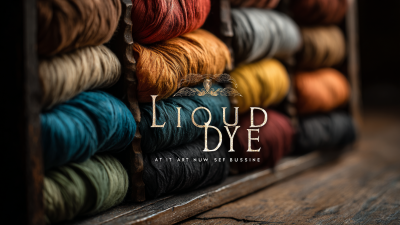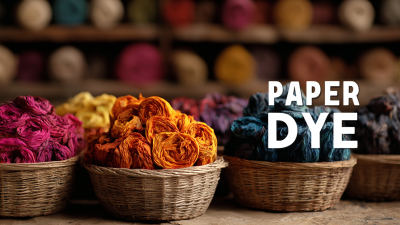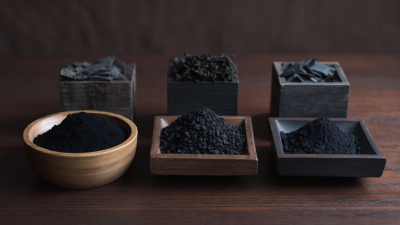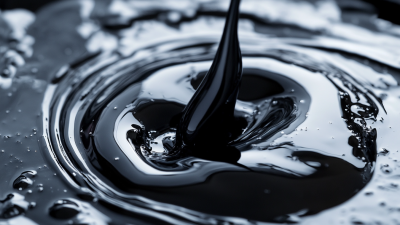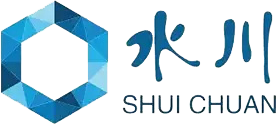The textile industry has witnessed significant transformations in recent years, particularly in the quest for sustainable solutions. Among these innovations, the evolution of Sulphur Dyes stands out as a pivotal development in creating environmentally-friendly dyeing processes. Traditionally known for their vibrant colors and excellent fastness properties, Sulphur Dyes have adapted to meet the growing demands for sustainability and reduced environmental impact.
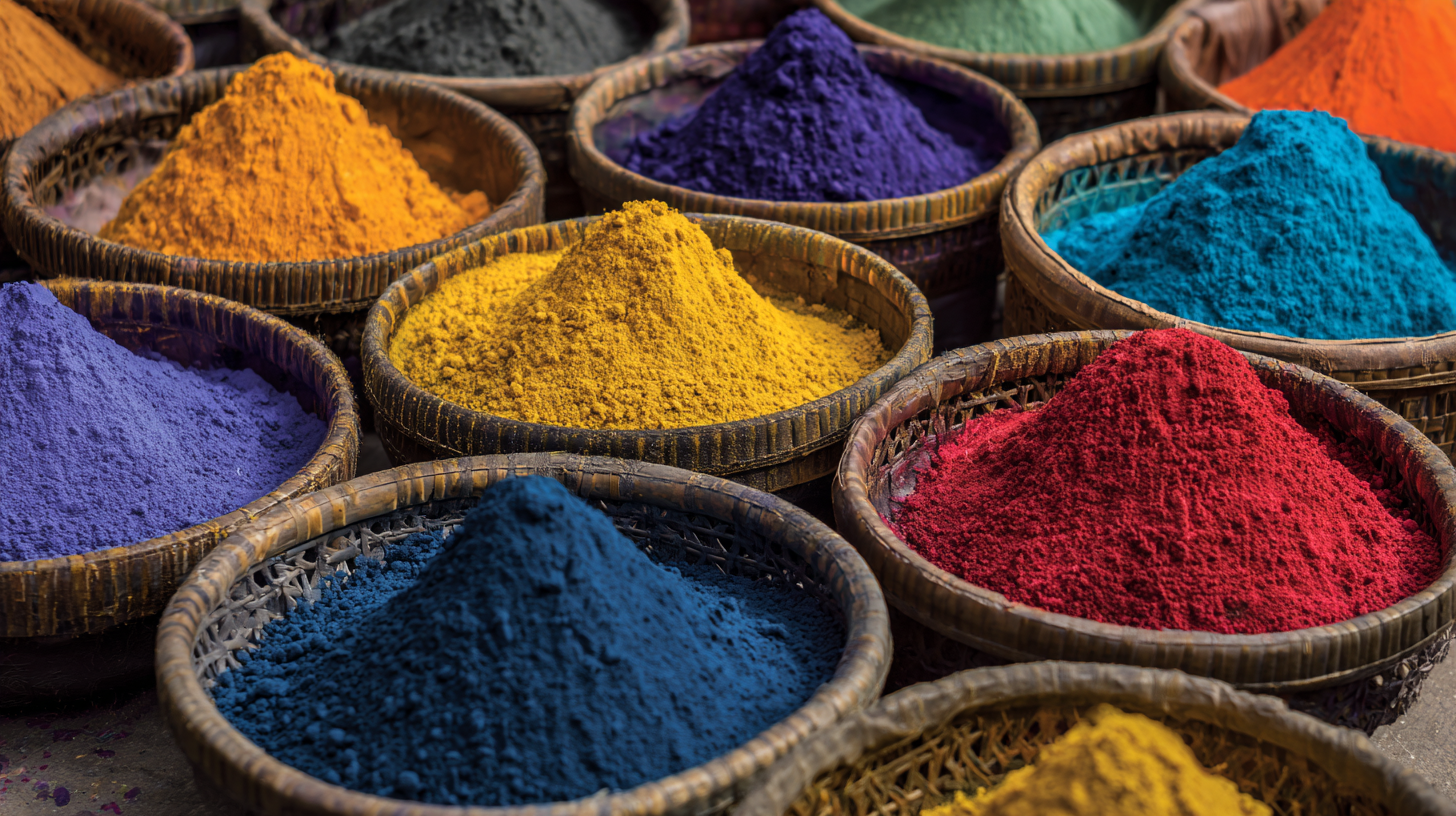
Through a blend of technological advancements and eco-conscious practices, manufacturers are now able to harness the full potential of Sulphur Dyes while minimizing their carbon footprint. This blog will explore the journey of these dyes, from their historical use to their current applications in sustainable textile production, highlighting how they embody the principles of "Digital + Best" solutions that resonate with the industry's increasingly green ethos.
Sulphur dyes have a rich history that dates back to the 19th century, when the textile industry began exploring new coloring agents. Initially, these dyes gained popularity due to their ability to produce deep, vibrant colors, particularly blacks, browns, and rich yellows. Their application was revolutionary; manufacturers found that sulphur dyes not only offered a wide color range but also improved resistances to washing and light. This innovation marked a significant shift from traditional dyes, facilitating mass production and expanding the palette available to textile producers.
As the industry evolved, so did the understanding of the environmental impact associated with dyeing processes. The early 20th century marked a shift towards more sustainable practices as awareness of pollution increased. This spurred advancements in the formulation of sulphur dyes, leading to the development of less harmful alternatives. The introduction of more eco-friendly dyeing techniques emphasized the importance of sustainability, paving the way for modern applications in the textile industry. Today, sulphur dyes represent a blend of historical significance and contemporary innovations aimed at reducing the ecological footprint of textile production while still delivering high-quality, long-lasting colors.
This chart illustrates the historical development and usage of sulphur dyes in the textile industry from 1950 to 2020, highlighting their increasing adoption in sustainable practices.
Sulphur dyes have emerged as a compelling choice in the realm of sustainable textiles, offering several key advantages that align well with environmentally friendly practices. Primarily derived from natural sources, these dyes are known for their remarkable lightfastness and resistance to washing, meaning that fabrics dyed with sulphur dyes maintain their vibrant colors for longer periods. This durability not only enhances the lifespan of garments but also reduces the need for frequent replacements, ultimately leading to decreased textile waste—a crucial factor in sustainable fashion.
Moreover, sulphur dyes possess a lower environmental impact during production compared to many synthetic alternatives. Their application requires less water and energy, which translates to reduced carbon emissions and water scarcity concerns. Additionally, many sulphur dyes can be applied to cotton and other natural fibers through eco-friendly processes, further solidifying their position in sustainable fabric solutions. As the textile industry continues to embrace more responsible practices, sulphur dyes stand out as a viable option, combining both aesthetic appeal and ecological mindfulness for the future of fashion.
| Aspect | Sulphur Dyes | Benefits |
|---|---|---|
| Environmental Impact | Biodegradable and less harmful. | Reduced pollution and better waste management. |
| Color Fastness | High color fastness properties. | Long-lasting colors that withstand fading. |
| Water Consumption | Lower water usage in dyeing processes. | Conserves water resources during manufacturing. |
| Cost Efficiency | Cost-effective compared to other dye types. | Lower production costs with better margins. |
| Versatility | Can be applied to a wide range of fabrics. | Flexibility in applications across textiles. |
The textile industry has long relied on dyes to bring color to fabrics, with traditional dyes dominating the market for decades. However, as sustainability becomes a crucial factor in production, sulphur dyes have emerged as a viable alternative. One significant advantage of sulphur dyes is their lower environmental impact. Unlike many synthetic dyes that contain harmful chemicals, sulphur dyes are derived from natural sources and are more biodegradable, making them a preferred option for eco-friendly brands.
When comparing sulphur dyes to traditional dyes, the longevity and colorfastness of sulphur dyes stand out. Traditional dyes often require additional chemicals for fixing, which can compromise fabric integrity over time. In contrast, sulphur dyes bond directly with the fabric fibers, resulting in vibrant, long-lasting color that resists fading. Furthermore, the dyeing process for sulphur dyes typically involves less water and energy compared to their traditional counterparts, aligning with the growing demand for sustainable production practices in the textile sector. This shift not only benefits the environment but also meets the increasing consumer preference for sustainable fashion.
Sulphur dyes have long been a staple in the textile industry due to their exceptional color fastness and cost-effectiveness. In recent years, however, the application of these dyes has transformed significantly in the realm of sustainable textiles. Modern textile manufacturers are discovering innovative ways to harness the benefits of sulphur dyes while minimizing their environmental impact. This new approach includes the development of waterless dyeing processes and the use of biodegradable sulphur dyes, which allows for vibrant hues without compromising ecological integrity.
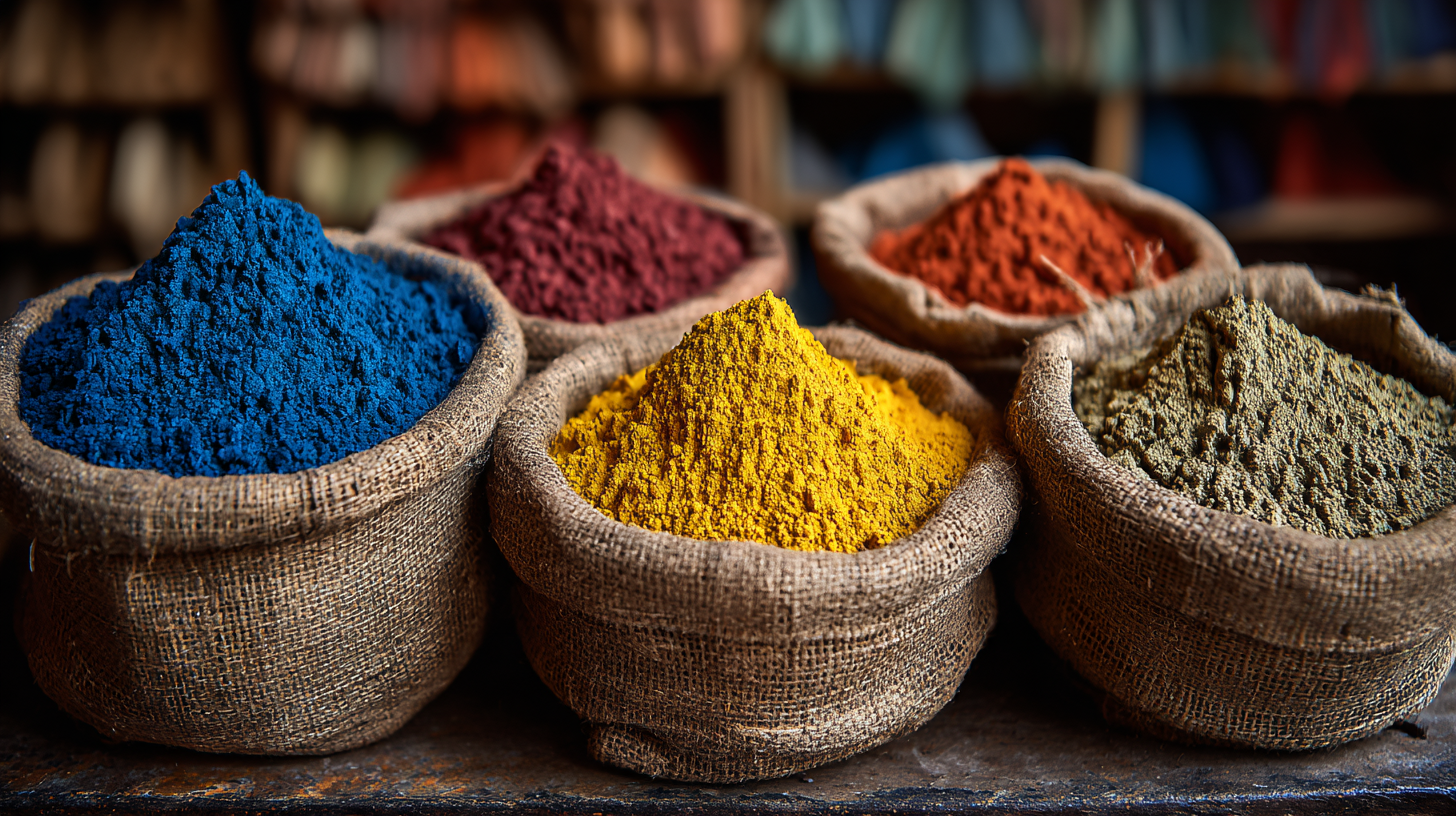
One of the key innovations in the application of sulphur dyes is the integration of digital printing technologies. This method not only reduces water consumption and chemical waste but also enables intricate designs and patterns that were previously difficult to achieve. Additionally, advancements in dyeing techniques, such as low-temperature dyeing, enable the fixation of sulphur dyes more efficiently, further enhancing sustainability. These innovations not only meet the growing demand for eco-friendly products but also provide brands with the opportunity to create unique, high-quality textiles that stand out in the market. As the industry continues to evolve, sulphur dyes are poised to play a crucial role in the sustainable future of textile production.
The future of eco-friendly fashion is increasingly intertwined with the evolution of sulphur dyes. As the textile industry faces growing scrutiny over its environmental impact, sulphur dyes have emerged as a sustainable alternative. These dyes, known for their deep colors and excellent lightfastness, reveal their potential through advancements in application methods and raw material sourcing. According to a report by ResearchAndMarkets, the global market for sustainable textiles is projected to reach $160 billion by 2026, indicating a rising demand for environmentally friendly dyeing processes.
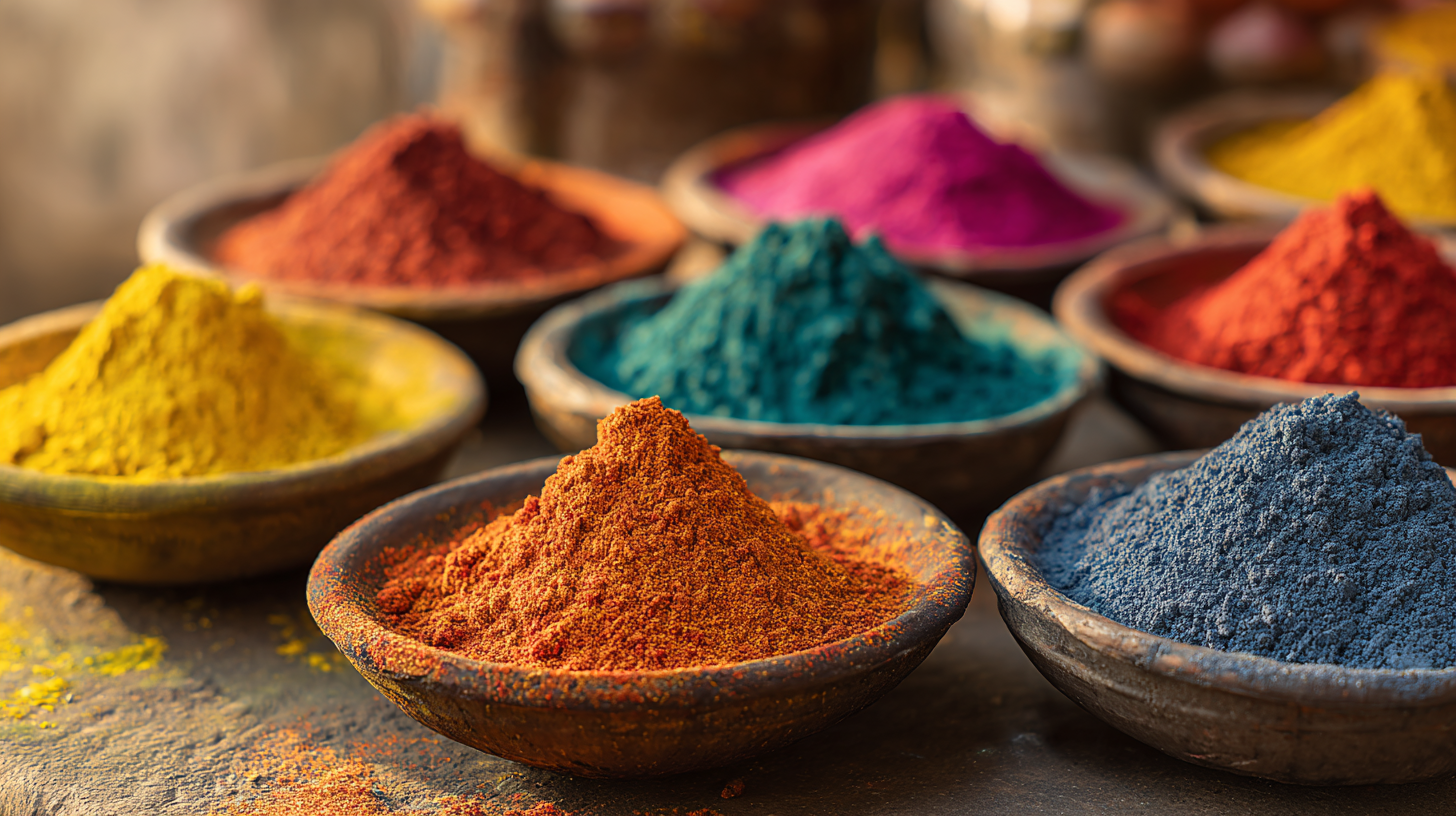
Moreover, sulphur dyes are undergoing significant transformations to improve their sustainability profile. With innovations such as biobased raw materials and closed-loop production systems, the ecological footprint of these dyes is continually decreasing. The Global Fashion Agenda highlights that incorporating sustainable dyes can reduce water usage by up to 90% compared to conventional dyeing processes. By embracing sulphur dyes, fashion brands can meet consumer expectations for sustainability while also benefitting from their cost-effectiveness and durability. This shift not only positions sulphur dyes as a cornerstone in the sustainability discourse but also paves the way for a greener future in fashion.

